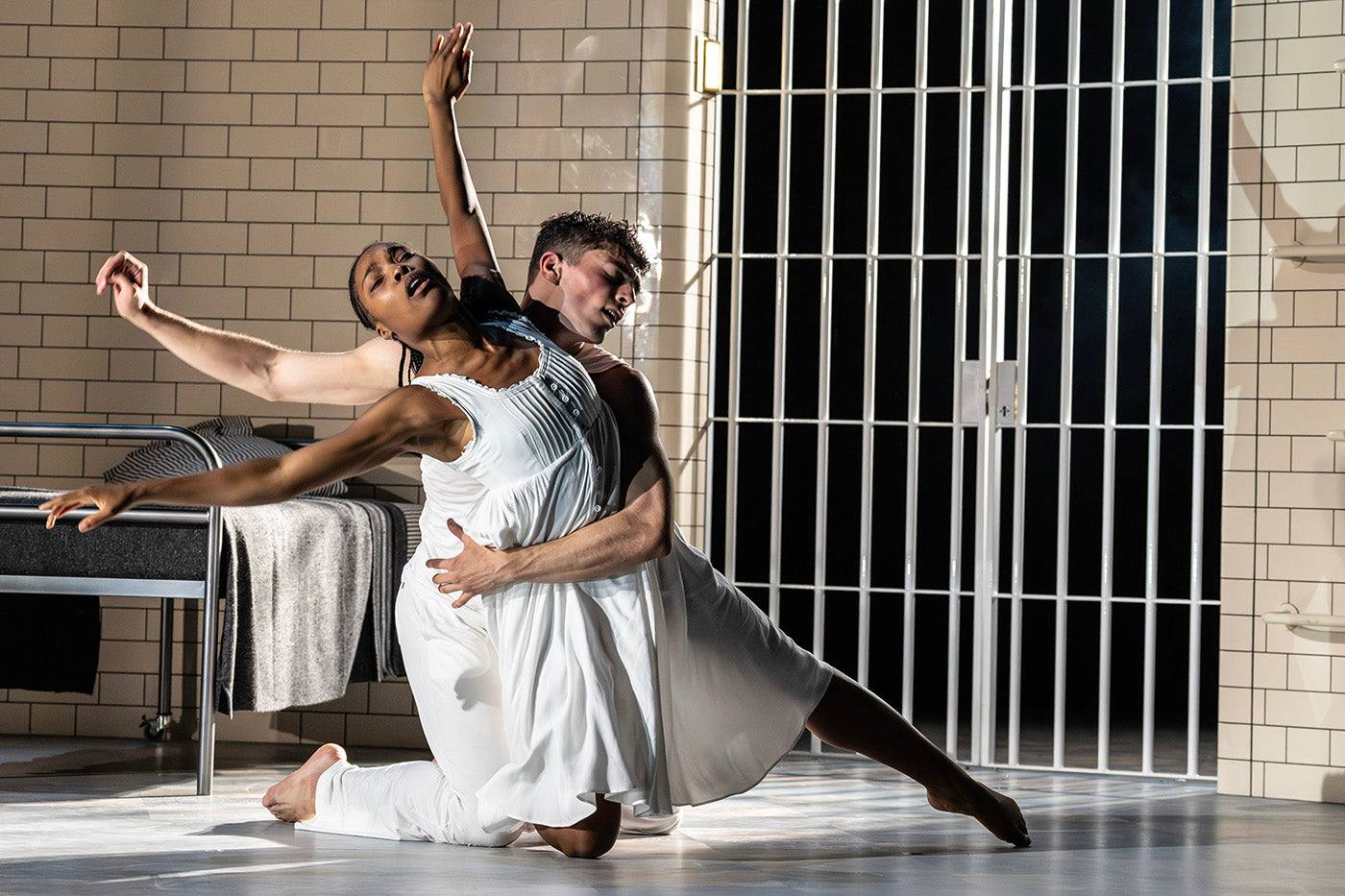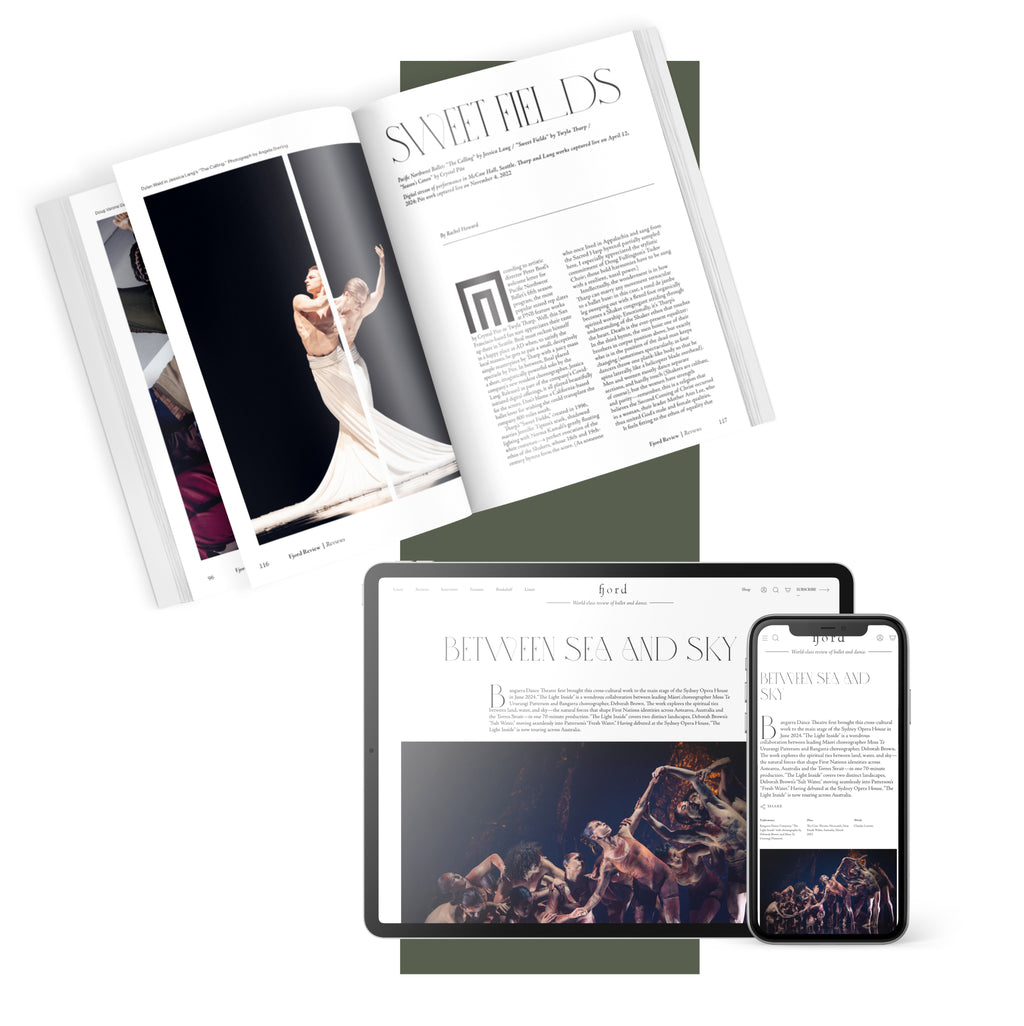Moon Dance
Tides and the gravitational pull of the moon informed the latest work of Denison University of Ohio dance faculty members Marion Ramirez and Ojeya Cruz Banks.
Continua a leggere
World-class review of ballet and dance.
Watching Matthew Bourne's reworked version of the “star-cross'd lovers,” I was briefly reminded of Veronica, played by Winona Ryder, in the dark 1988 comedy by Daniel Waters and Michael Lehmann, Heathers, and her line, “my teen angst bullshit has a body count.” Yes, this is the darker side of Bourne's repertoire, and it pulls no punches.
Performance
Place
Words



“Uncommonly intelligent, substantial coverage.”
Your weekly source for world-class dance reviews, interviews, articles, and more.
Already a paid subscriber? Login

Tides and the gravitational pull of the moon informed the latest work of Denison University of Ohio dance faculty members Marion Ramirez and Ojeya Cruz Banks.
Continua a leggereWhat drives the creative force in the universe? What impels motherhood? These are some of the questions that provoked the bold and colorful work that unfolded onstage as Gallim premiered “Mother” at the Joyce the first week of November.
Continua a leggereIt’s a law of the universe, immutable as gravity: if you’re a ballerina, in December you’re dancing “The Nutcracker.”
Continua a leggereBird-themed dances are nothing new. In addition to the likes of “Swan Lake” (in its numerous iterations, Hello, Matthew Bourne!), “The Firebird” and “The Dying Swan,” there was also Merce Cunningham’s 1991 “Beach Birds.”
Continua a leggere
comments